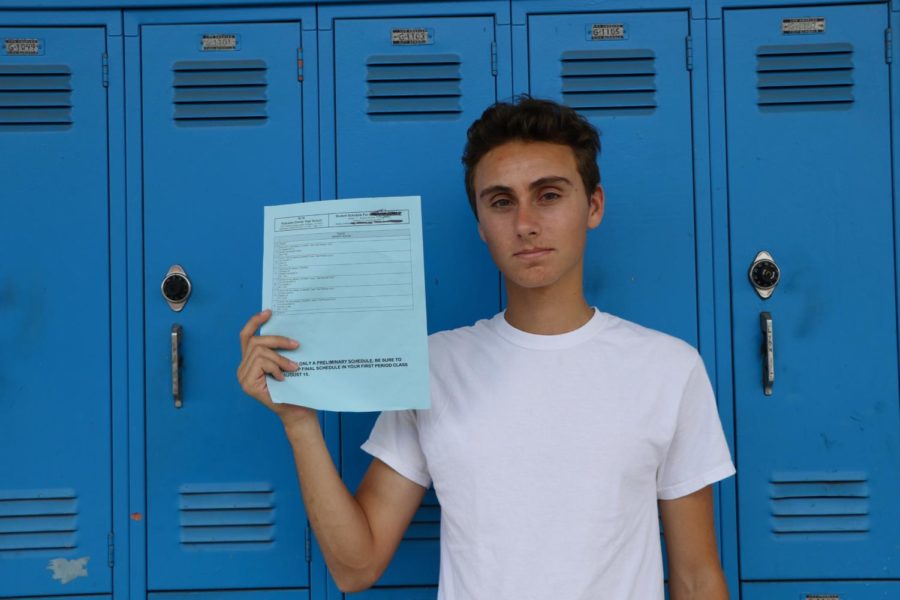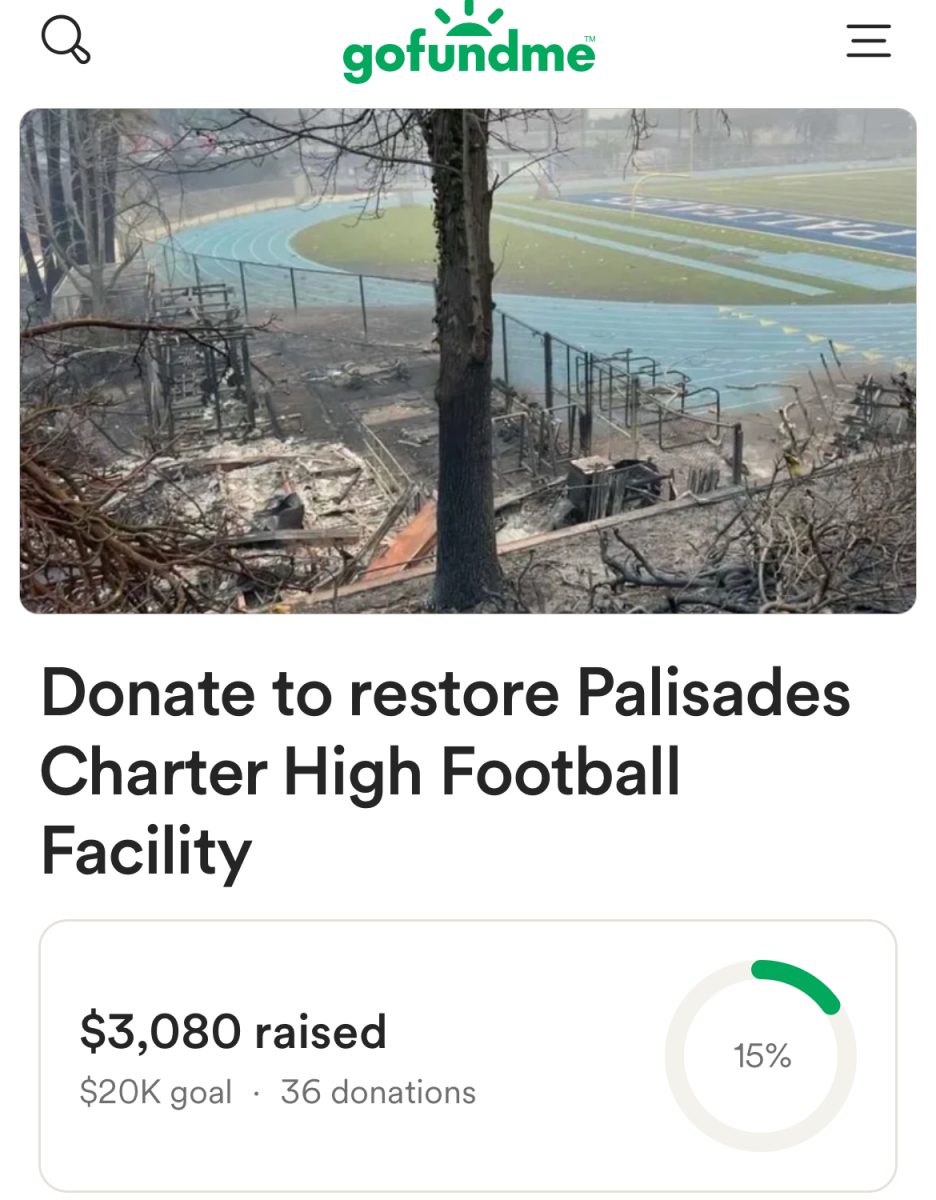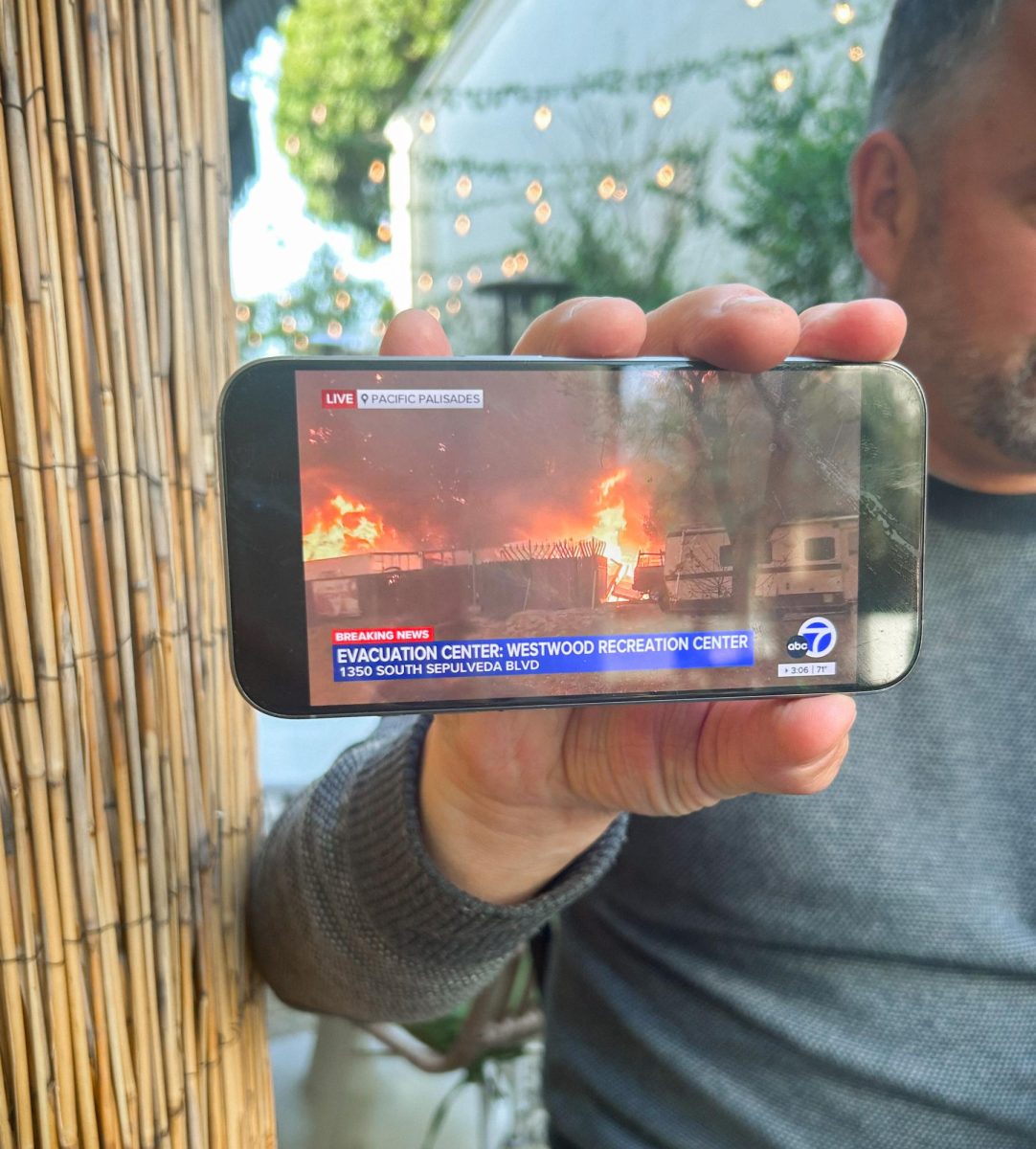Is Pali’s block schedule working for students?
October 8, 2018
Director of Student Achievement Monica Iannessa believes “we have outgrown the schedule.” As students around Pali encounter increasing issues and conflicts while scheduling classes, it’s become clear to many that the block period system may be flawed. “We need more space in our bell schedule so that the students can take the classes that they need and want,” Iannessa added.
While some agree with Iannessa’s assessment, others see notable benefits with Pali’s current six-period block schedule.
On Wednesday, Aug. 29, the Long-Term Strategic Planning Committee (LTSPC) held a monthly meeting to discuss the collaborative WASC Action Plan set for the school, determined by the visiting committee as well as Pali’s stakeholders. Examining the effectiveness of the current bell schedule, in relation to the student’s needs, is among the recommendations that Pali High received from the team that conducted the most recent accreditation visit.
WASC, the Western Association of Schools and Colleges, is responsible for evaluating Pali to make sure that the school is functioning well and that the students are receiving a proper education.
In the 2017-2018 Revised WASC Action Plan, one is to examine “student needs for academic and personal support and developing bell schedule alternatives to meet those needs.” Following the development of this action plan, the committee of concerned parents, students, teachers and administrators began exploring the pros and cons of alternatives to the current bell schedule.
Compared to other schools in the Los Angeles area, such as Harvard-Westlake, Pali offers fewer periods during the day, causing some students with jammed schedules to choose to take courses outside of Pali. For instance, junior Joey Pollack plans to take Spanish 3 at Santa Monica College (SMC) next semester, because he doesn’t have room in his schedule for it. He wanted to take both music and photography at Pali, which left him with no room in the six-period block schedule for Spanish. Pollack also has zero-period orchestra and seventh-period cross country.
“You are only required to take two years of Spanish to graduate from Pali, but you really have to take three years,” Pollack said. “This wouldn’t be a problem if… colleges [hadn’t] made it clear that it is highly recommended.”
Pollack said he believes that it would be much easier to take Spanish at school, but he doesn’t really have any other option.
Hearing other students raise concerns about situations similar to Pollack’s prompted Iannessa to conclude that “we need to use our time effectively. We really do. In fact, the WASC visiting team…said that there was a lot of downtime with the block schedule.”
Maximizing instructional minutes was one of the major areas of focus identified by the visiting committee during the 2018 WASC visit, which took place March 11-14.
Iannessa said she doesn’t think that getting rid of the block schedule entirely is the appropriate solution, but rather, she wants to look at adjusting it.
The LTSPC meetings are open to Pali parents, students and teachers, and Iannessa believes that, with everyone’s help, the committee can develop a better schedule to fit the needs of Pali’s students.
Head College Advisor Karen Ellis said she likes the current block schedule, but added that the six-period schedule does not provide students with as much flexibility as they want. However, Ellis said that the current block schedule ultimately benefits Pali students’ college applications and aspirations.
“With the block schedule, I think that students are more engaged,” Ellis said. “It is a long time to be in class, but you have the chance to try different types of teaching methods within that time that will capture all students.”
Ellis added that she does not believe that it would be beneficial for Pali students if administration were to shorten the class periods, because “ideally it’s the core courses that are getting you into college…Those are the ones that I think colleges are concerned the most about.”
Despite the benefits she cited about the current schedule, Ellis said that modifying the current schedule is an option worth exploring. “Tech credits, art credits and computer credits could be combined into one period… so that the core academic courses are the ones that are most important,” she said.
Iannessa also suggested some possible schedule improvements for Pali, such as an eight-period block schedule with four periods each day. Or, Pali could have an ‘X’ block available for students to take care of any necessary business, such as going to the Study Center or making an appointment with a counselor.
Harvard-Westlake’s class schedule is significantly different from Pali’s. Harvard-Westlake follows a five-day schedule with eight periods every day. Each period ‘X’ blocks at least one day of the week, meaning that each class meets a maximum of four days a week. The ‘X’ block portion of their schedule is similar to one of Iannessa’s suggestions for the Pali community to consider.
Harvard-Westlake sophomore Natalie Phillips provided an example of the benefits of the ‘X’ block schedule. “It allows us to either catch up on the homework or be able to meet with our teacher during that ‘X’,” she said. Explaining why she likes 45-minute-long periods, Phillips added, “I read a study that says that 40 minutes is the best amount of time for maintaining focus.”
Gabrielle Bernstein’s article titled “Give Your Brain a Break” published by the Huffington Post includes an interview with Michael Eisen, the founder of The Youth Wellness Network. The Youth Wellness Network has programs and resources to help youth lead healthier and happier lives. Eisen believes that “the human brain can only take in up to 45 minutes of information before it starts decreasing its capacity to absorb anything.”
Phillips said she does not understand why students like Pollack should have to resort to taking classes outside of Pali.
“The school [Pali] should revise the options to make sure the students can take the classes that they want,” Phillips said. “With my schedule, I am able to take Spanish, Programming and Ceramics.”
Even though Phillips likes Harvard-Westlake’s five-day schedule overall, she said “there’s a lot of homework… with the eight periods each day and a shorter amount of class time, it could be balanced with more homework because we don’t do as much in class.”
Aside from the possibility of students having more homework, the LTSPC also has to take into account how schedule changes might affect Pali’s traveling students. Iannessa said that “students are coming from over 110 zip codes, and [we need to] find a bell schedule that meets everyone’s needs.”
Pali’s administration has attempted to change the bell schedule before, and although Iannessa does not remember all of the details, she believes that the proposals were not accepted because teachers did not feel included in the decision. Under the current contract, teachers have the right to vote on the school’s bell schedule.
“I think it just felt too prescribed,” Iannessa said. “There was not enough process behind it. I am just speaking in generalities, because that was a long time ago, but going through it, it didn’t feel like there was enough inclusiveness.”
This time around, Iannessa said it’s critical that all Pali stakeholders are involved in discussions about possible changes to the bell schedule.
“We have to go back to the table and go back to serving what teachers want, serving what students want, serving what parents think is best and come up collectively with a schedule,” Iannessa said.
Moving forward, the LTSPC is tasked with the challenge of finding a way to give students more flexibility within the block schedule while still maintaining the positive aspects of having long class periods.
Anyone interested in being part of the process is invited to participate in the LTSPC monthly meetings.












